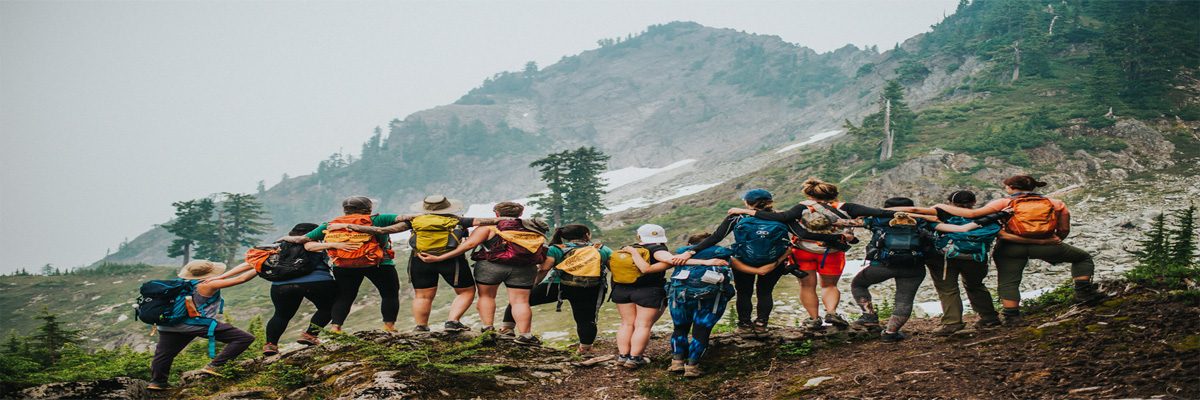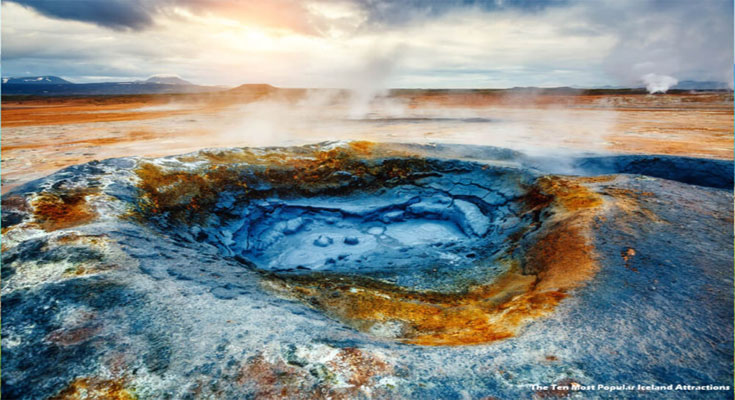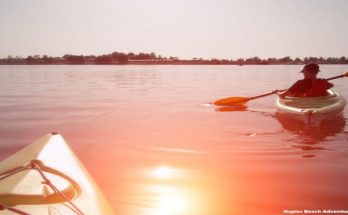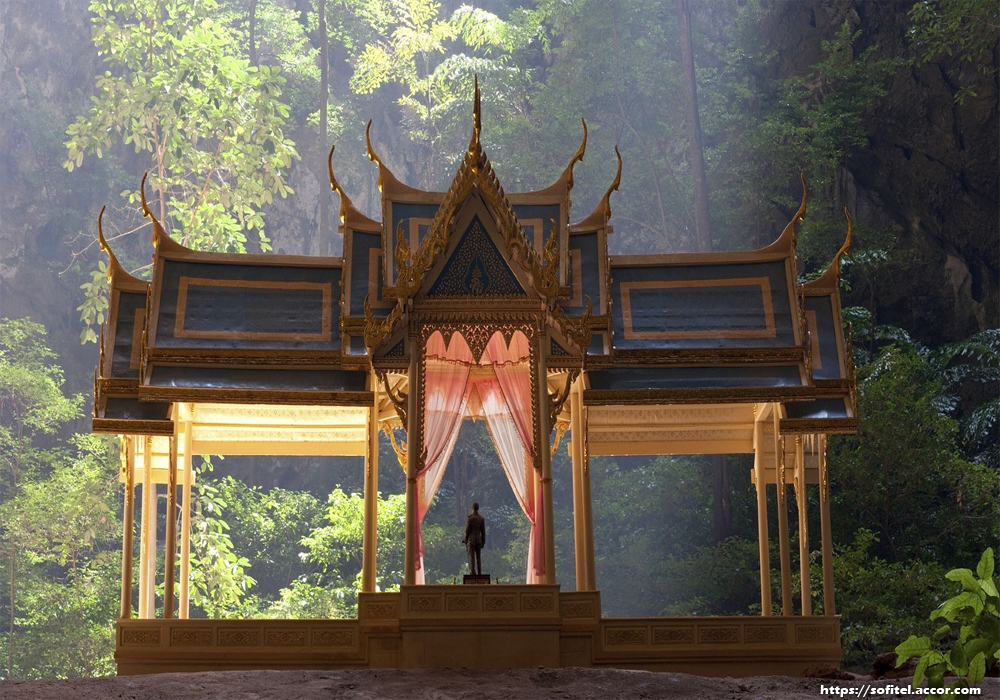1. Gullfoss Waterfall is easily the most famous of Iceland’s mythic waterfalls and will also be the 1st Icelandic attraction that any native will usher you towards. The falls cascade 105 feet into a stunning canyon. Mist rises through the base, and on clear, pleasant days sunlight casts beautiful arcs of rainbows through the breadth of the falls.
2. No, stop by at Iceland is complete without having a day in the capital city of Reykjavik, the nation’s cultural hub. Here choices every day exploring the city’s many museums, have dinner at the famous landmark, The Pearl, and spend the evening drinking at considered one of Reykjavik’s stylish bars or dancing at among its hopping golf clubs.
3. Thingvellir National Park, located about 40 minutes west of Reykjavik, is Iceland’s oldest national park. It is often a protected division of historical significance that has a stunning 52-square mile lake and great hiking trails throughout lava fields.
4. The Great Geysir (where the term “geyser” originates) could be the world’s largest geyser and is also easily accessible by bus in Reykjavik. The Great Geysir was formed within the 1300s; though now it only erupts on special (engineered) occasions, the nearby Strokkur erupts every a half-hour for many who would like to snap many photos.
5. The Blue Lagoon, located about 15 minutes through the Keflavík International Airport, is a long-time favorite of individuals to Iceland, particularly those who need to test the notion that bathing in algae, silica and mineral salts is restorative for health. The lagoon is located inside the middle of a moss-covered field of lava and draws its seawater from 2,000 meters below the outer lining. Entire families can bathe together here within the tranquil, peaceful water.
6. Iceland is easily the most active part of the Aurora Oval in the southern hemisphere so that anytime there can be a clear sky, Aurora Borealis, or Northern Lights might be seen lighting the sun featuring its vibrant and brilliant colors and shapes. Iceland is mostly well-placed Northern Lights viewings, but bus excursions are also offered in case you would like to “chase” these lights to see them in their varying splendor.
7. In Medieval Europe, Mount Hekla was considered an entrance to hell and was feared by the locals. But now visitors flock eagerly to the volcanic mountain which stands 4,892 feet high and erupted of late in February 2019. The volcano towers over the lowlands, as well as unusual, flat, the ridged peak is often shrouded in a very bank of clouds, explaining the volcano’s name, “Hekla,” or “hooded one.”
8. Kverkfjöll Ice Caves, located just north of Vatnajökull, are one of the world’s largest and strangest geothermal areas. Here, you’ll be able to witness a hot river flowing under glacial ice! The hot water evaporates in the enclosed space and instead gives off beautiful patterns on the cave walls. Visitors also can hike in the glacier on the hot springs located in the nearby Hveradalur.
9. Another part of Iceland in which visitors can witness the startling interplay of cold and hot may be the Vatnajokull Glacier, that’s recognized for its volcanic activity. Vatnajokull is Europe’s largest glacier and covers about 8% of the country.
10. Another waterfall which had to create this list is Skógafoss about the Skoda River, which is often a favorite amongst locals and visitors for the classic rectangular shape as well as the immense height of 60 meters. Skógafoss is straightforward to gain access to and is usually flooded with visitors, who can hike up a path in the base in the falls to arrive at ab muscles top.




